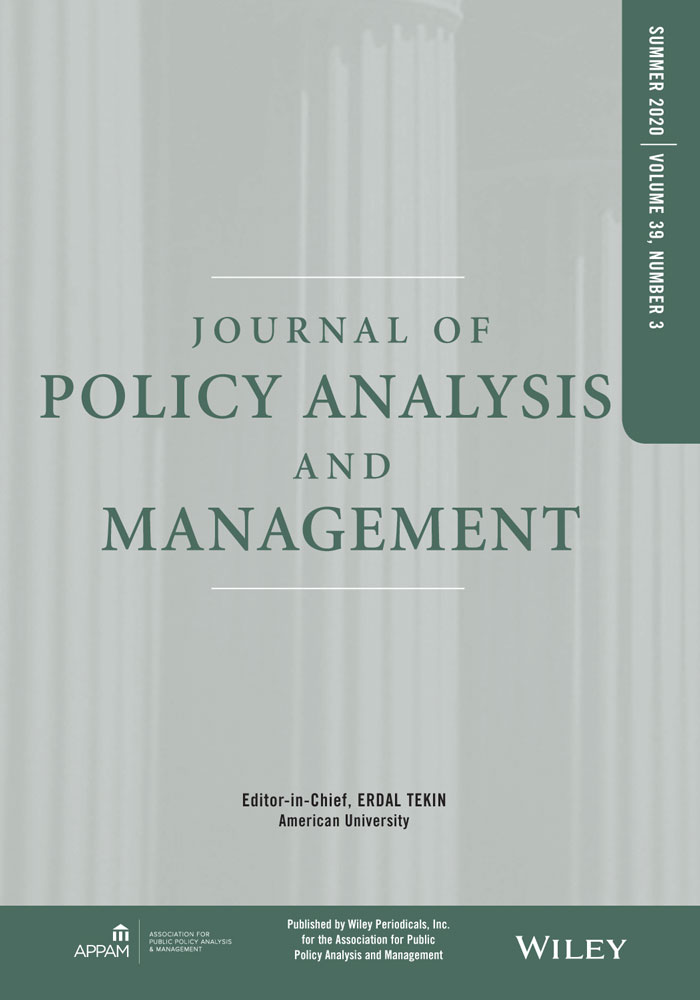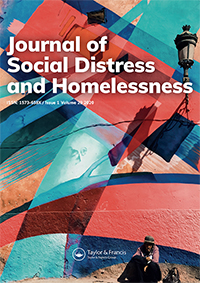A substantial share of undergraduates are basic needs insecure, meaning they lack consistent access to essential material goods like food and shelter. These material hardships are associated with poorer academic success, but we know very little about higher education professionals’ perspectives on the matter. Purpose: This paper examines how higher education professionals perceive, understand, and support college students who experience basic needs insecurity. Research Design: Using data from interviews with 59 professionals who work at eight broad access public colleges and universities across five states, we employ an institutional logics perspective to understand how they draw on normative scripts, rationales, and schemas to guide their responses to campus basic needs insecurity. Findings: Higher education professionals have considerable discretion when working with students who are basic needs insecure, and they draw on organizational, professional, and broader social spheres to guide their interactions. We identify three distinct logics—systemic, quiescent, and cautious—that are unique from one another on two dimensions: locus of control and individual response based on perceived locus of control. Conclusions: The design and implementation of initiatives designed to support vulnerable students must consider the ways in which on-the-ground professionals understand students, their needs, and the sources of their challenges.





